›eser‹
Judith Raum
Opening: Friday, May 16 / 7 p.m.
Exhibition from May 16 until August 3, 2014
“Eser” is Turkish and means “work / creation”. On one of Judith Raum's journeys along the Baghdad Railway, during conversation a Turkish gardener used the word “eser” – not, however, in order to describe the historical infrastructural achievement of German engineers, but the essence of a tree.
“eser” is the fifth exhibition as part of the series “Einzelausstellung: Nicht alleine” (solo exhibition: not alone), and shows various chapters of Judith Raum's artistic research, which she has been conducting on German economic colonialism in the Ottoman Empire since 2009. The starting point of her comprehensive research is the situation of the domestic weavers in Upper Franconia at the end of the 19th century. Starting from an examination of this extremely precarious entrepreneurship, the artist pursues the threads of former trade networks and geostrategic interests, drawing on the example of the building of the Anatolian Railway and of the Baghdad Railway from 1888 onwards. The major infrastructural project was funded by Deutsche Bank and built with German know-how. The financiers' primary concern was the railway's profitability. Accordingly, besides the railway's construction their interest was turned towards tapping into raw materials sources and markets for German products – besides machines, the cloths manufactured in Upper Franconia, for example. However, Anatolia's agricultural modernization was also drawn into the company's focus.
In her exhibition, Judith Raum combines sources from the Historical Archive of Deutsche Bank on German agricultural engagement in Anatolia and on employment conditions at the railway with her subjective look at the present situation along the rail route in Anatolia. Places and projects that are mentioned in historical correspondence and photographs determine the routes along which Judith Raum travels through the Anatolian landscape by train. The focus of her observations lies on the question of how economic interests in around 1900 to the present day are registered in the material world, and what momentums of resistance against rationalization and control are evident in local conditions. Alternative forms of contact, playful and apparently unplanned moments, considerably determine her own tactile and choreographic dealing with the surfaces and structures that she works on. The result is dyed widths of fabric, steeped in traces of existence, or cobbled-together assemblage objects; these are on display in the exhibition in conjunction with original documentary material from archives and photos of journeys. Raum's poetic and simultaneously tactile dealing with the everyday traces of history takes a look at the improvised and the disjointed, and, in the Hall and the Atrium of the Heidelberger Kunstverein, translates it into a room-related installation in which the different levels of her research are, on equal terms, condensed into one narrative about the complex contact between two cultures.
Judith Raum undertook her travels into the Anatolian Plateau and the Taurus Mountains together with the artist Iz Öztat. The close dialogue between the two artists is also at the origin of the simultaneous presentation of their works at the Heidelberger Kunstverein.
Judith Raum (born in 1977 in Werneck) lives and works in Berlin. She studied Free Art along with Philosophy, Art History and Psychoanalysis in Frankfurt am Main and New York City, USA. Numerous international exhibitions and publication projects since 2005. From 2007 until 2011 Judith Raum taught at the Berlin University of the Arts and was scholarship holder at the Graduate School of Arts and Sciences there from 2011 until 2013.
Curated by Susanne Weiß.
With the support of the Einstein Foundation Berlin and of the Graduate School of Arts and Sciences.
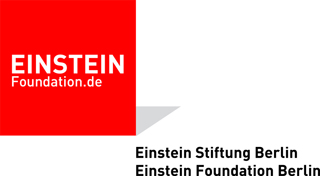
![]()
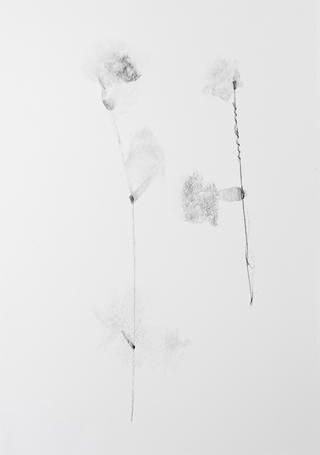
Judith Raum, "Andere Natur", 2013
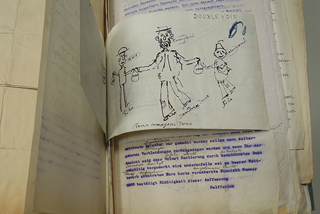
Judith Raum, Archivmaterial zu "eser", 2013, Historisches Archiv der Deutschen Bank
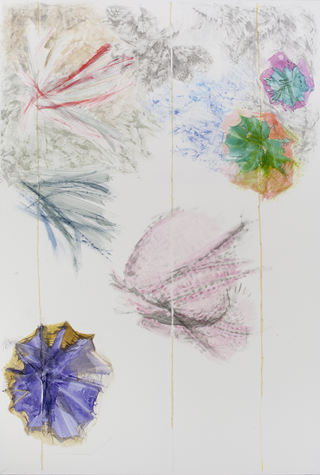
Judith Raum, "Gegen-Bonitierung", Tusche auf Baumwolle, 2013
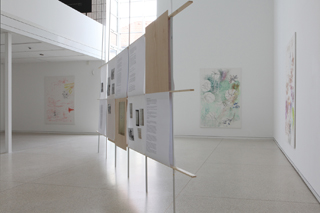 Judith Raum, "eser" (2014), Installationsansicht
Judith Raum, "eser" (2014), Installationsansicht
Address | Heidelberger Kunstverein | Hauptstr. 97 | D-69117 Heidelberg
Mailing Adress | Heidelberger Kunstverein | Bauamtsgasse 3 I D-69117 Heidelberg
Phone | +49 6221 184086 Fax | +49 6221 164162 E-Mail | hdkv@hdkv.de
Opening Hours | Tu, We, Fr 12-19h, Thu 15-22h, Sat-Sun 11-19h